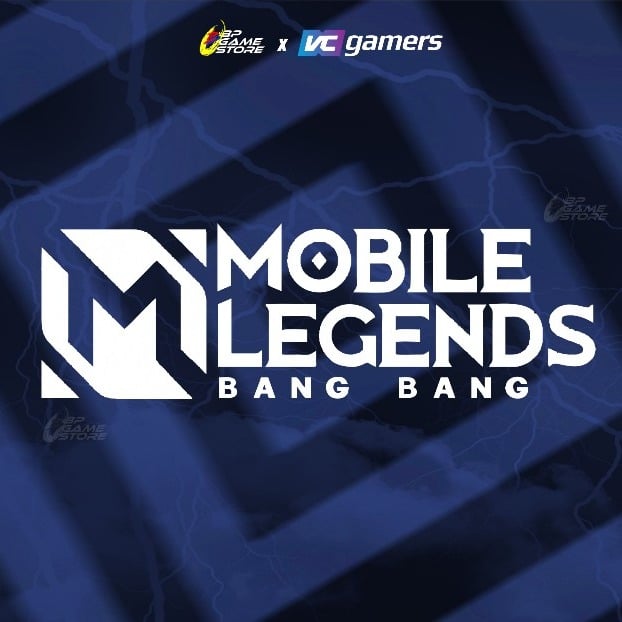What is a Motherboard? This is the Definition, Function and How it Works
The motherboard is one of the most important components in a device. computer. We can say that the motherboard is the "backbone" that connects all the components. hardware in order to work optimally.
Meanwhile, hardware is a term that includes all physical components on a computer device, such as CPUs, GPUs, RAM, monitors, keyboards and mouse.
Cheapest MLBB Diamonds!


 TopMur
TopMur

 TopMur
TopMur

 TopMur
TopMur

 TopMur
TopMur

 TopMur
TopMur

 TopMur
TopMur

 KING OF DIAMONDS
KING OF DIAMONDS

 TopMur
TopMur

 TopMur
TopMur

 KING OF DIAMONDS
KING OF DIAMONDSMeanwhile, the motherboard is a type of hardware in the form of the main circuit board in a computer.
Through this article, you will learn more about what a motherboard is, from its definition, function, to how it works. Curious? Let's read it to the end!
Also read:
What is a Motherboard?

In short, the Motherboard is the main circuit board that is the central connection for various components in a computer. Furthermore, these components are like processor (CPU), RAM, graphics card (GPU), storage (SSD/HDD), and other input/output devices.
That is why the motherboard is often referred to as the backbone of device communication. With this motherboard, each component can communicate with each other to perform computing functions.
Usually, motherboards are made of PCB (Printed Circuit Board) material which has a layer of copper tracks to transmit electrical signals.
Motherboard Function

After knowing the meaning, here are some of its functions that you must know:
Hardware Component Connector
The first function, the motherboard acts as a connector for various hardware components, such as CPU, RAM, GPU, and storage devices. Each of these devices has a specific slot or port on the motherboard, such as a CPU socket, DIMM slot for RAM, and PCIe slot for GPU.
Electricity Distribution
The next function, the motherboard also plays a role in distributing electrical power from the power supply to various connected components. That way, components such as the CPU and GPU can get the power needed to operate.
Inter-Component Communication
On the other hand, the motherboard uses a chipset to manage data traffic between the CPU, RAM, storage and other devices. We can say that this chipset acts like a “bridge” that ensures data flows smoothly and efficiently.
Providing Input/Output Ports
As we mentioned above, the motherboard is intentionally designed as a connector between components. With the I/O port, you can connect your computer to external devices such as a mouse or keyboard via USB, HDMI, LAN or audio port.
How Motherboards Work

The way a motherboard works begins with the power supply sending power to the motherboard via the ATX connector, then distributing it to the various connected components, such as the CPU, GPU, and storage.
After that, the BIOS/UEFI firmware on the motherboard will start the POST (Power-On Self-Test) process to ensure all hardware is functioning properly before the operating system is booted.
Once it is in place, the motherboard begins managing the data flow between the CPU, RAM, GPU, hard drive, and SSD using the chipset.
After the operating system is running, the motherboard will continue to act as a communication between hardware and software. For example, when you type on the keyboard, it will send the input signal to the CPU to be processed.
Important Parts of the Motherboard

Here are the important parts that you need to know:
- CPU Socket: Where the processor is located. Socket types vary depending on their compatibility with a particular processor,
- RAM Slots: The place where RAM is located to provide temporary memory,
- PCle Slots: Functions for expansion cards such as graphics cards (GPU), sound cards, or network cards,
- Chipsets: Manages communication between CPU, RAM, GPU, and other devices,
- BIOS/UEFI: Firmware that controls the basic functions of the computer before the operating system runs,
- SATA/M Port.2: To connect storage devices such as HDD, SSD, or optical drive,
- Power Header: To connect the power cable from the power supply,
- External I/O Ports: Includes USB, HDMI, VGA, audio, and LAN ports for connecting external devices.
Also read:
By listening to the information above, you can increase your knowledge about hardware.
Come on, top up your game and shop for digital products at the cheapest and fastest prices only at VCGamers Marketplace!








